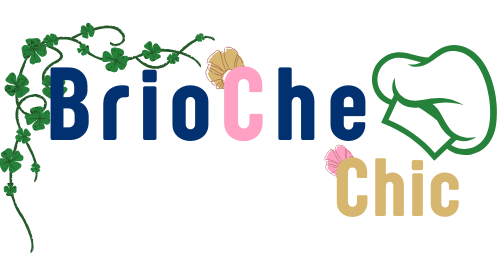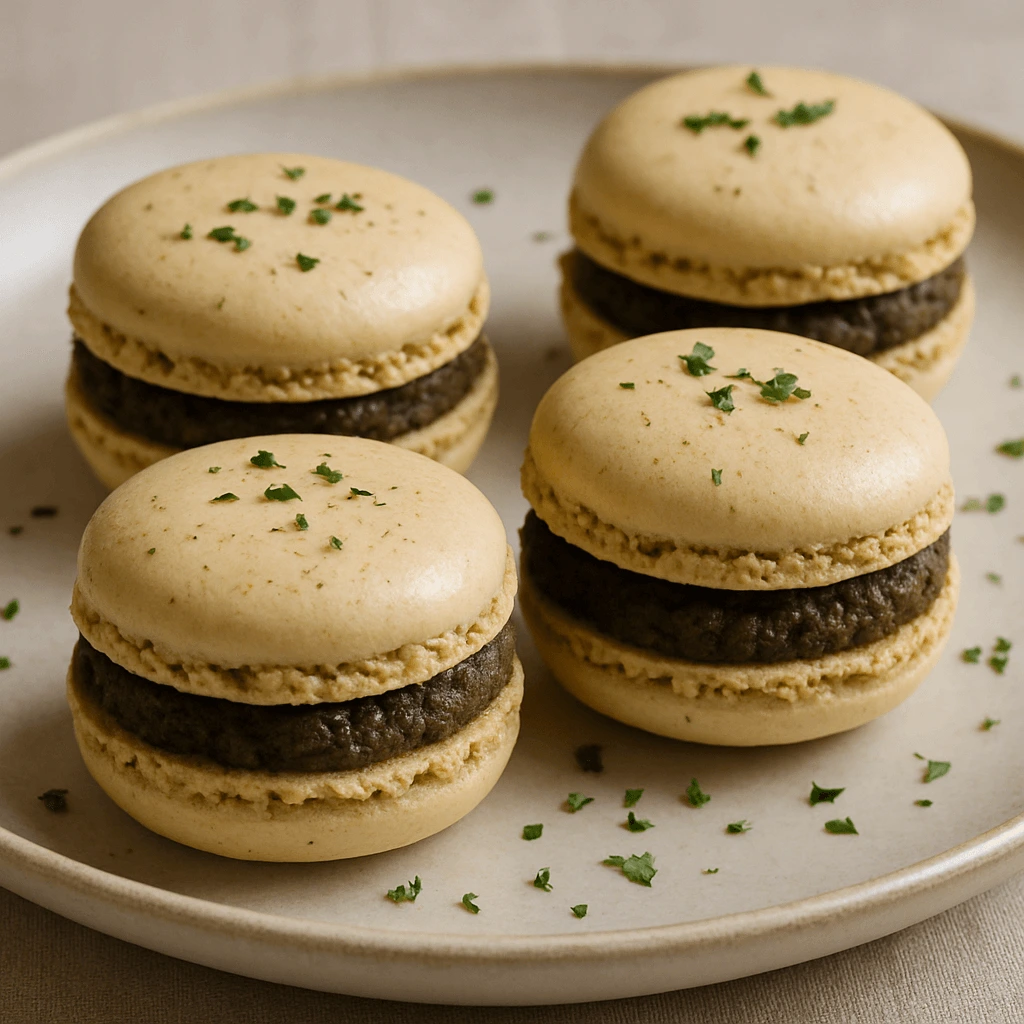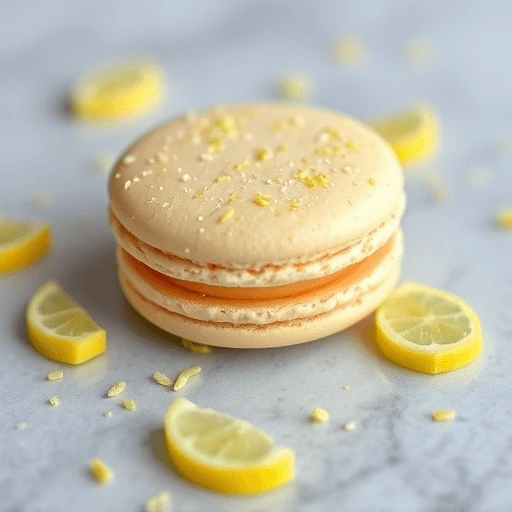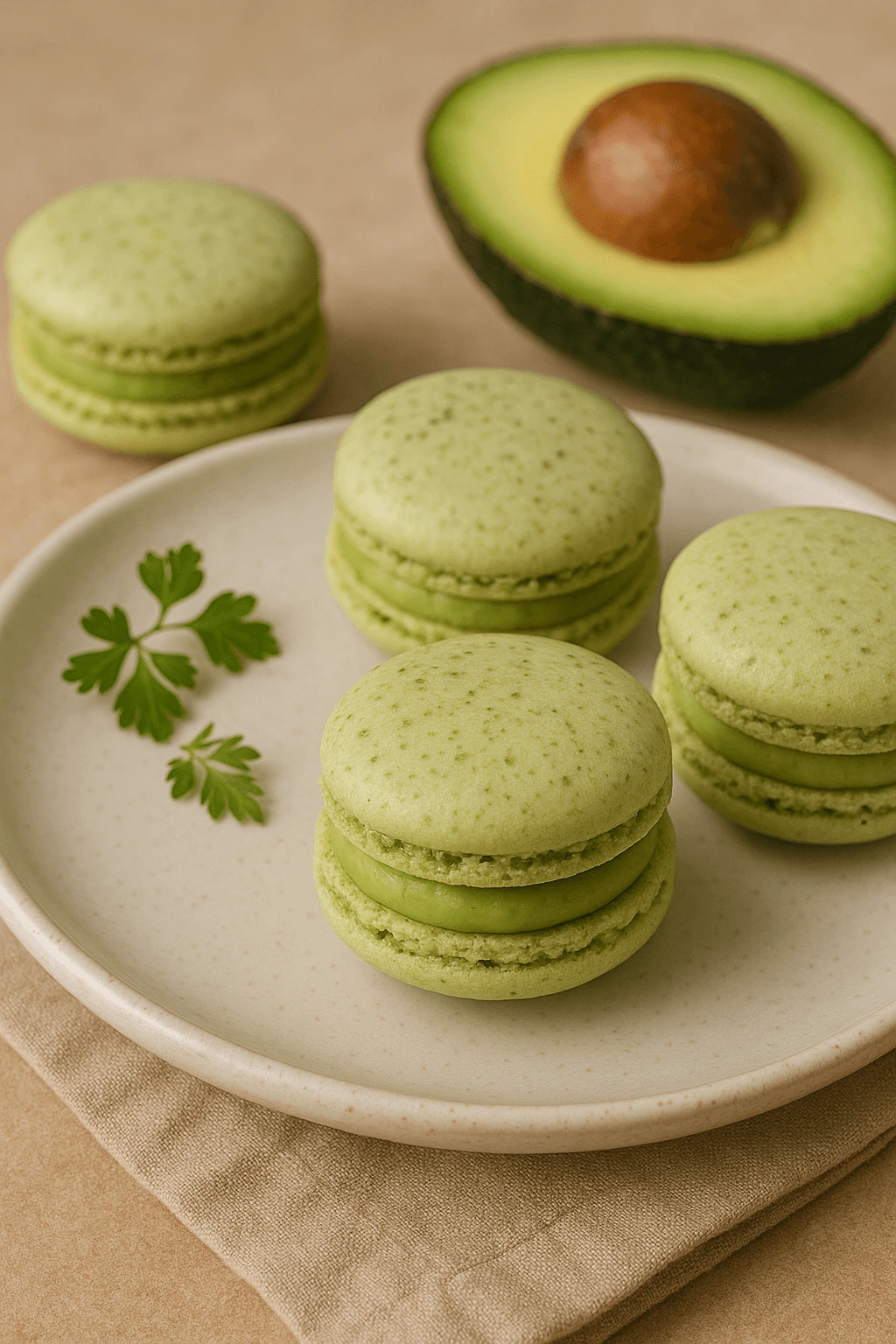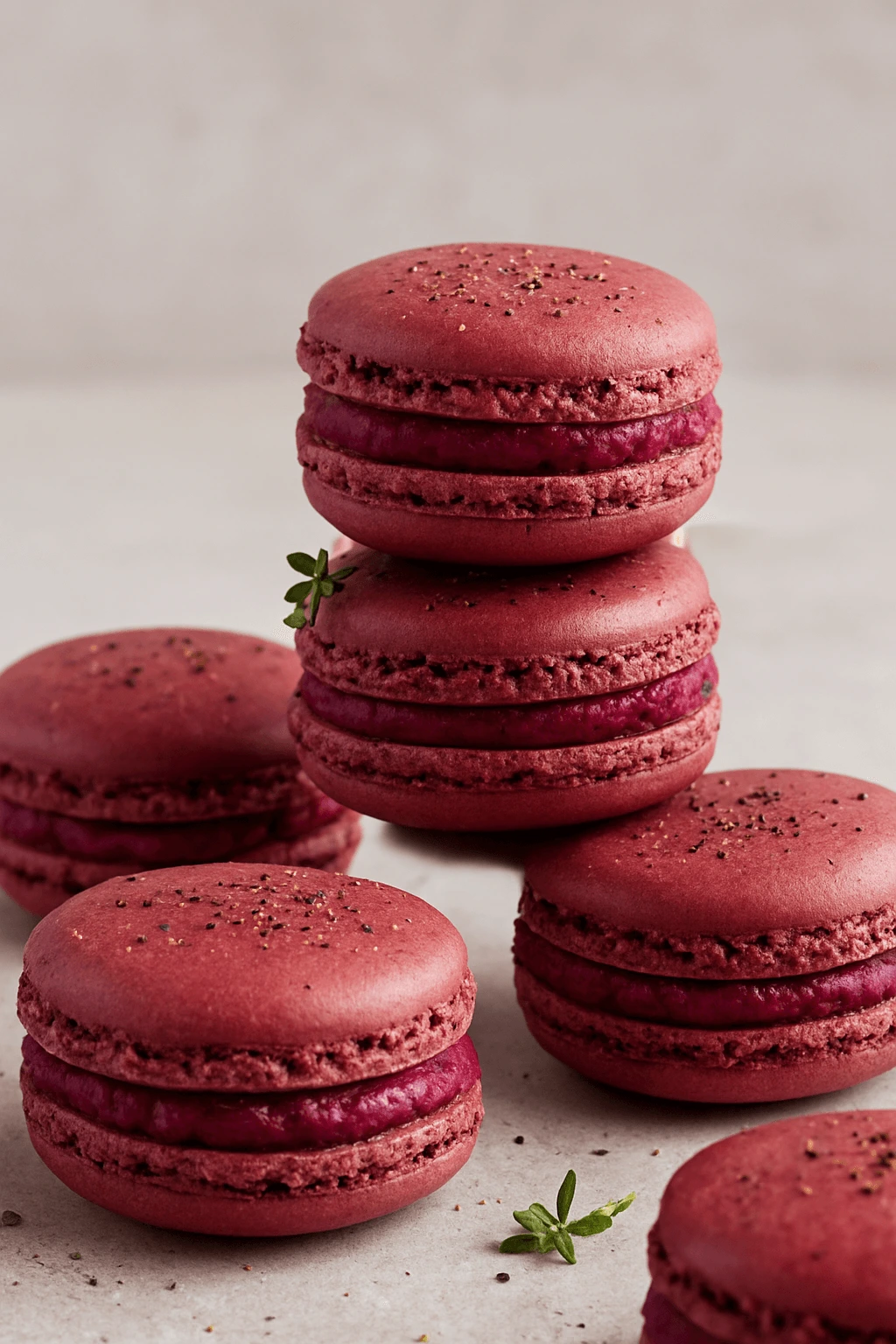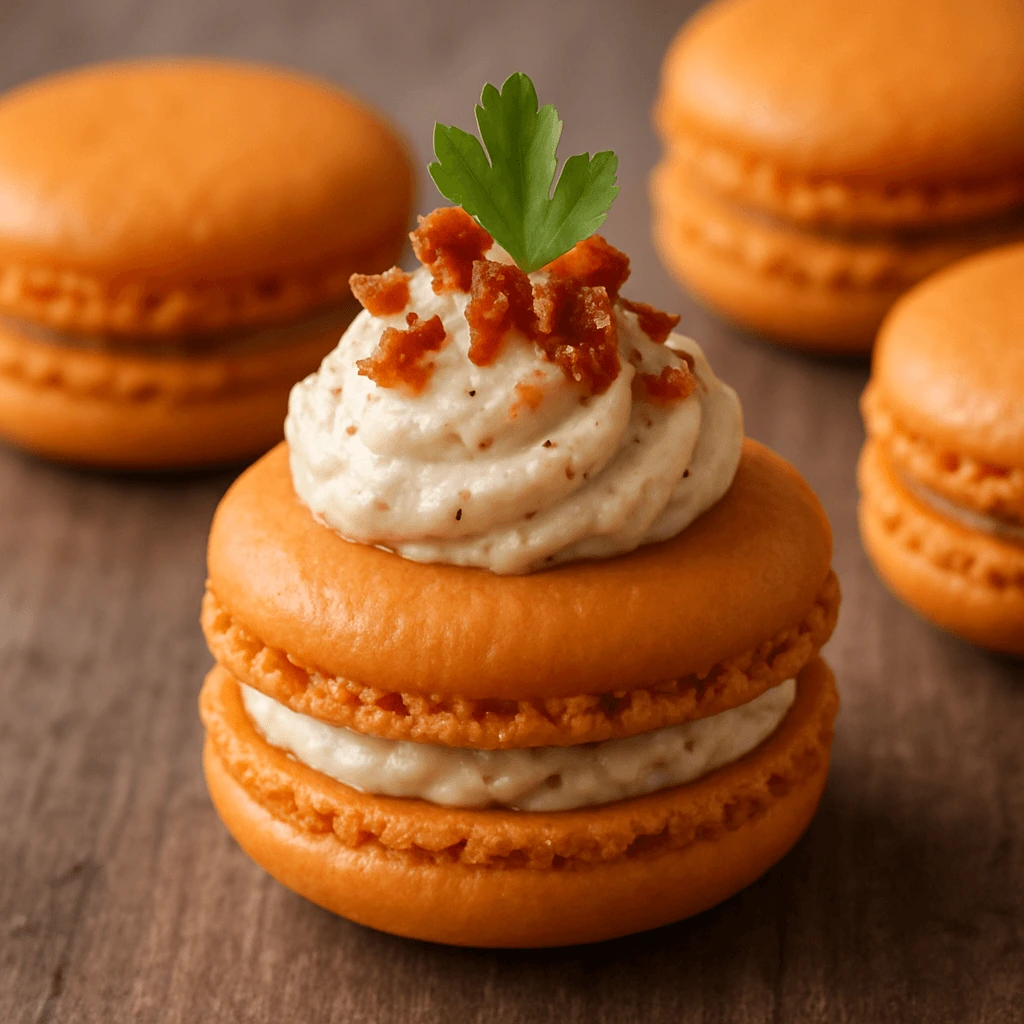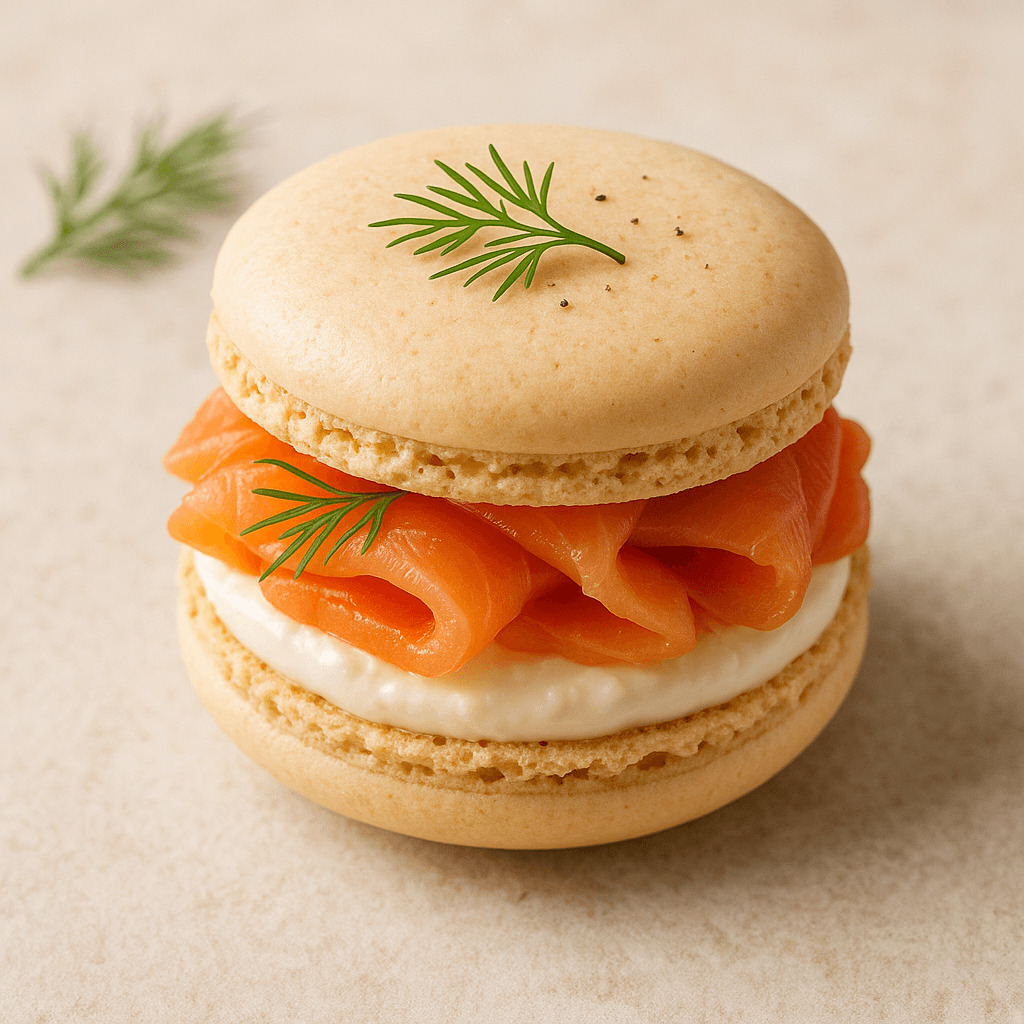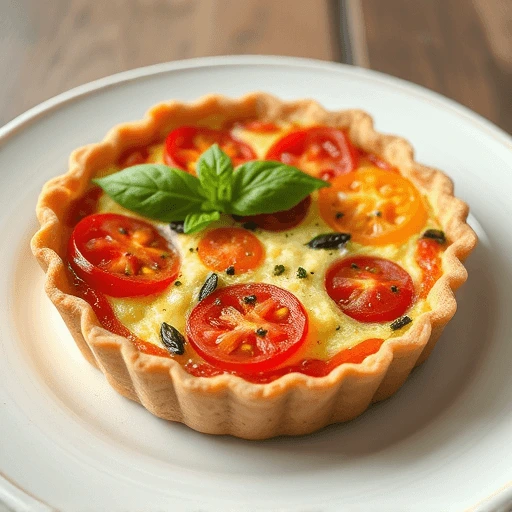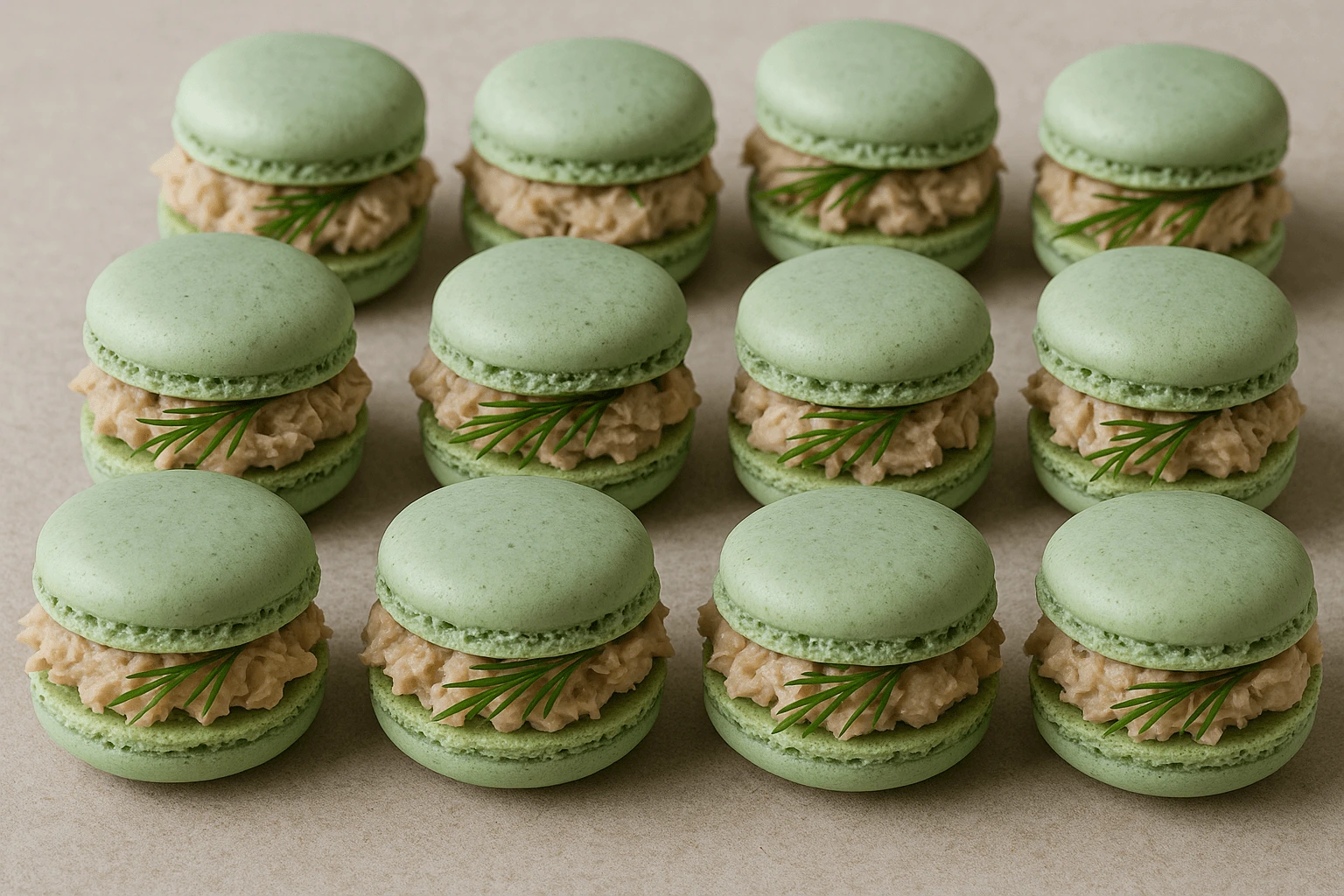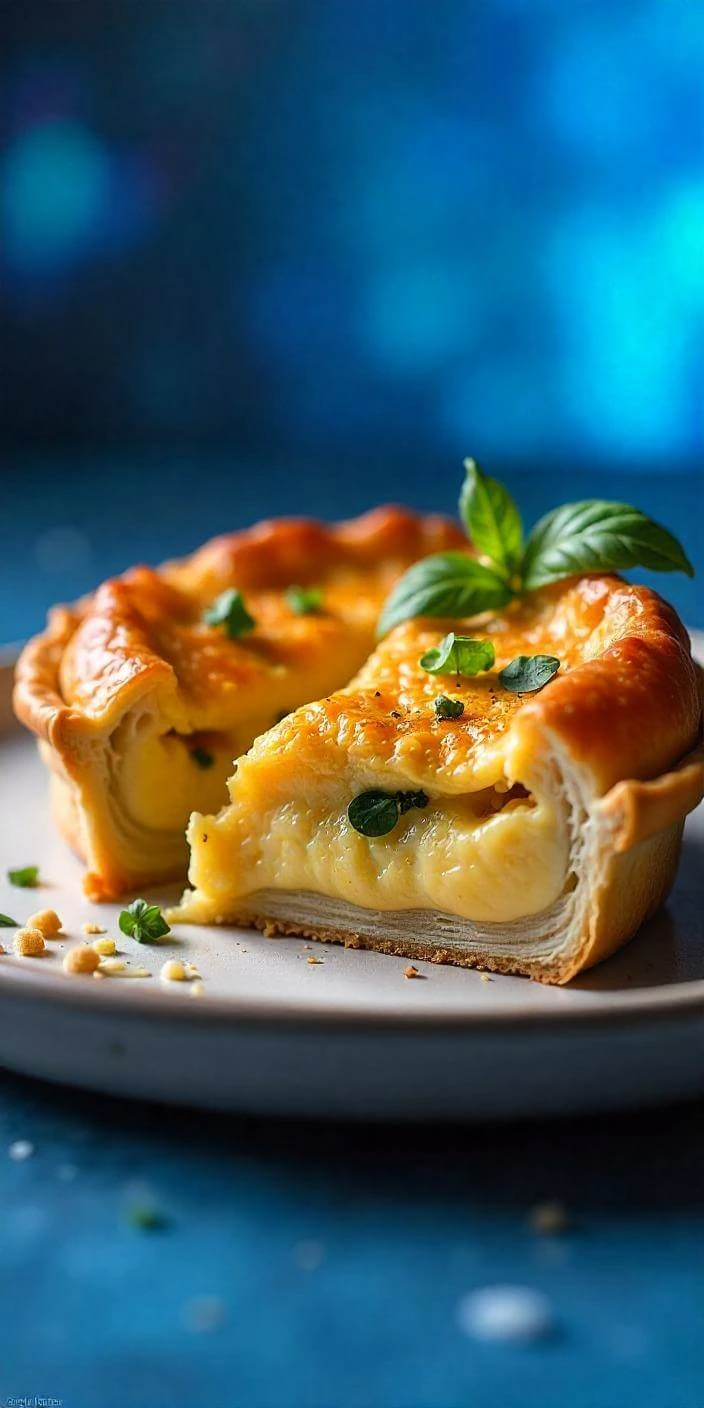2 Secret Macaron: Unveiling the Bold Flavors of Tapenade in a Perfectly Crafted Shell
savory macarons recipe At first glance, the macaron is the epitome of Parisian pâtisserie—refined, colorful, sweet, and delicate. But in this savory variation, the macaron takes on a daring transformation, leaving behind the realm of dessert to embrace the bold, briny flavors of Provence. The Macaron à la Tapenade is not a simple twist on … Read more
